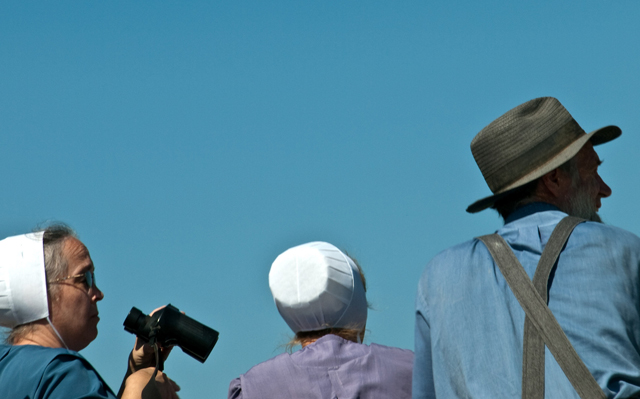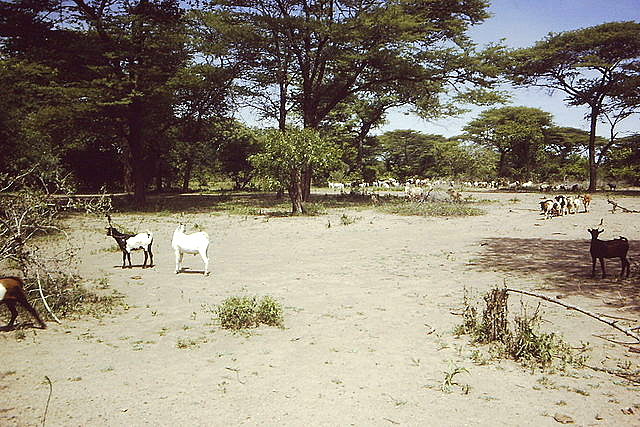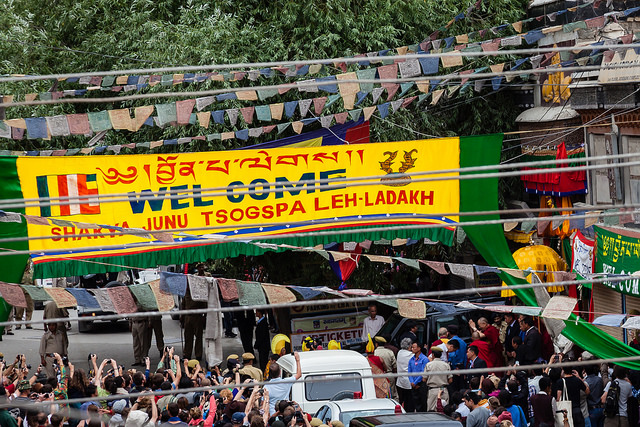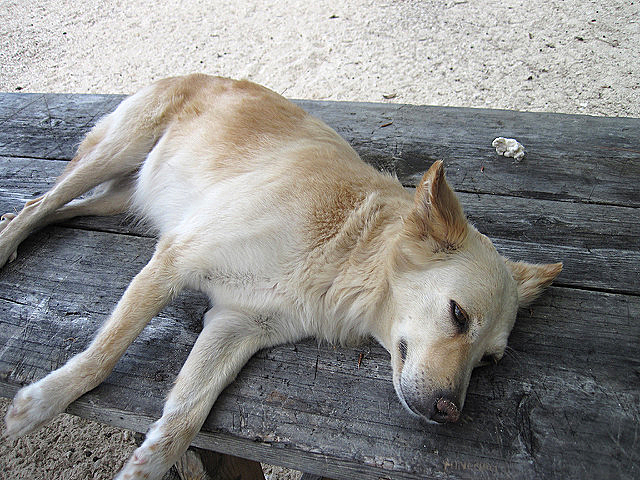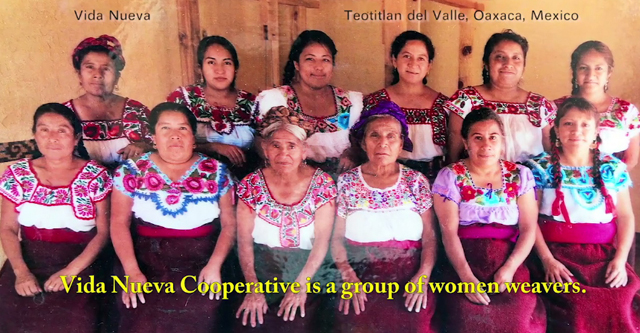Penny Granger, a dentist from Scotland, will soon be making her seventh trip to Tristan da Cunha to do dental work for the Tristan Islanders. A story published by the BBC on July 20 explained the reasons the dedicated dentist travels every year to visit the isolated settlement.
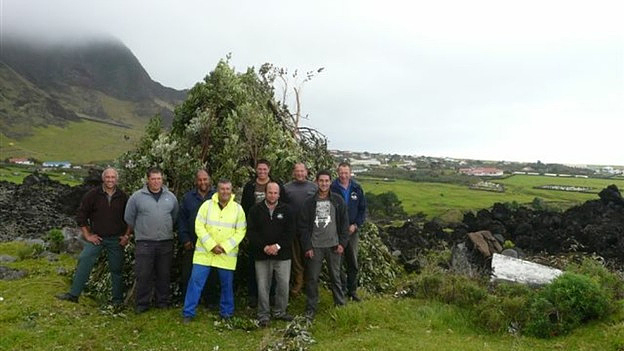
She explained that she simply loves the people. “They are just so warm and welcoming,” she said, and she went on to say that they have an old fashioned lifestyle, where people work closely together for common goals. They fondly embrace her and her eight-year-old daughter Elika, who accompanies her mom on the long flight to Cape Town, the nine-day sea voyage to Tristan, and finally the helicopter ride into The Settlement. The child has been accompanying her mother since she was 18 months old.
Each time she comes, Dr. Granger spends about five weeks working in the community: checking for cavities, drilling and filling. Local staff, such as the dental nurse profiled in a news story in December 2016, tend to emergencies during the rest of the year. That news story, and the sources on which it was based, spelled her name as “Dr. Penelope Grainger.”

She discussed the island with the BBC. The people raise sheep and cattle, they grow vegetables at the Potato Patches, a gardening area a short ways from The Settlement, and they do a lot of fishing. But, she said, the lobster fishing industry is the mainstay of the economy and she opined that “the people survive well there.” A complementary report in The Times indicated that she is 50 years old.
She mentioned other facts about the 264 Islanders. She said that the entire population was evacuated to the UK in 1961 when the volcano erupted, though most of them chose to return to their island a couple years later. But they picked up a love of sweet foods during their sojourn in southern England and they took their love of sweets back to Tristan with them. With more ships now visiting the island, sugary foods are easier to obtain. They suffer from more tooth decay as a result, she said.





